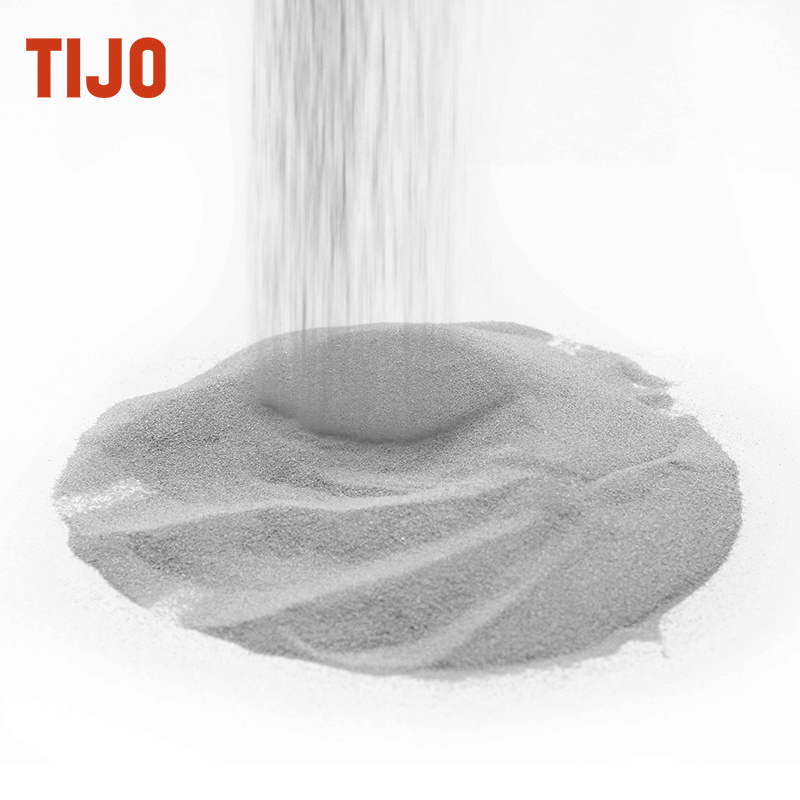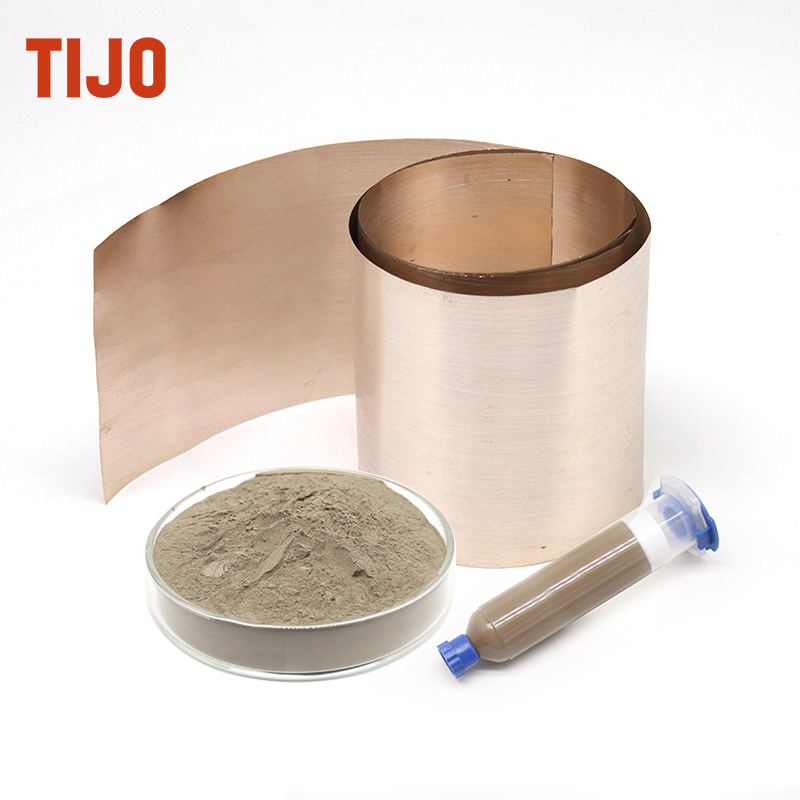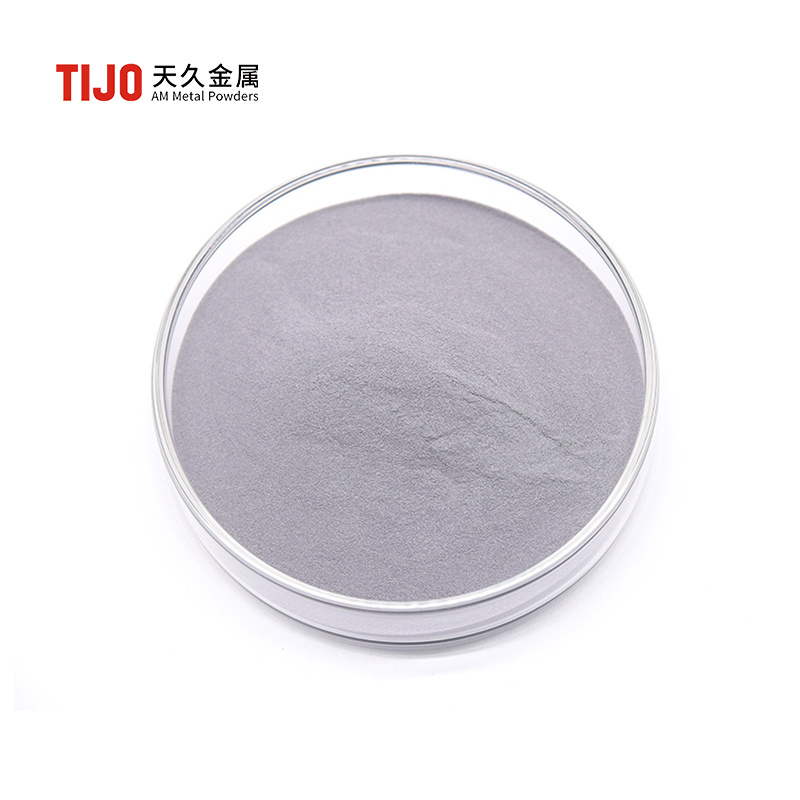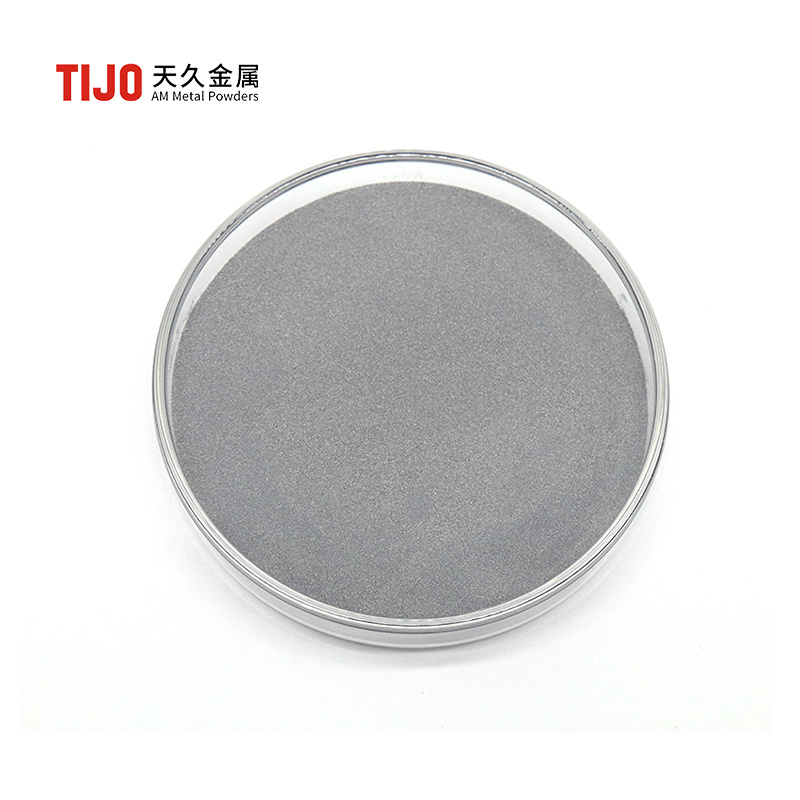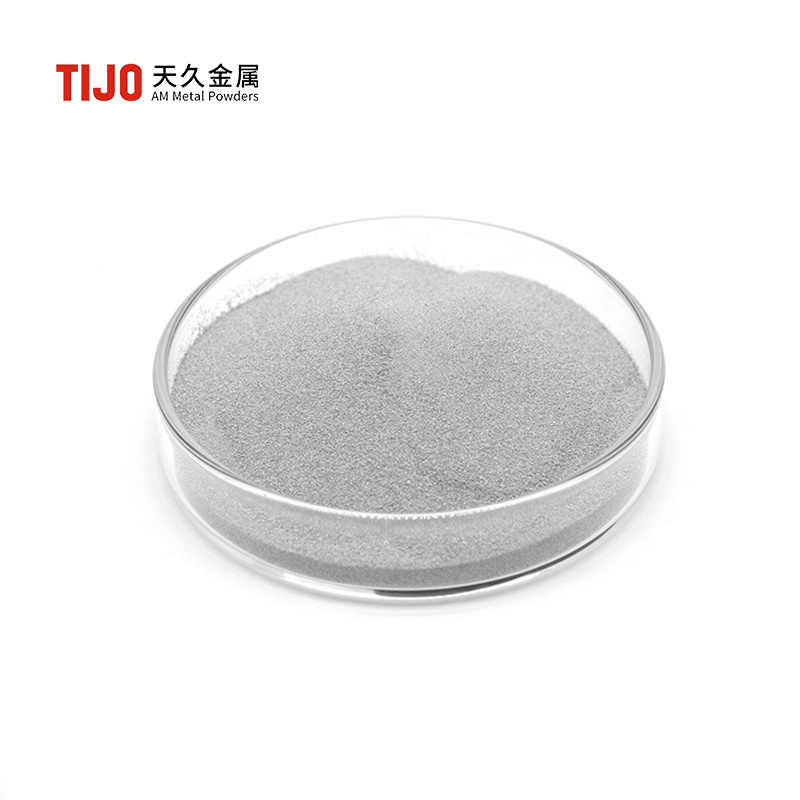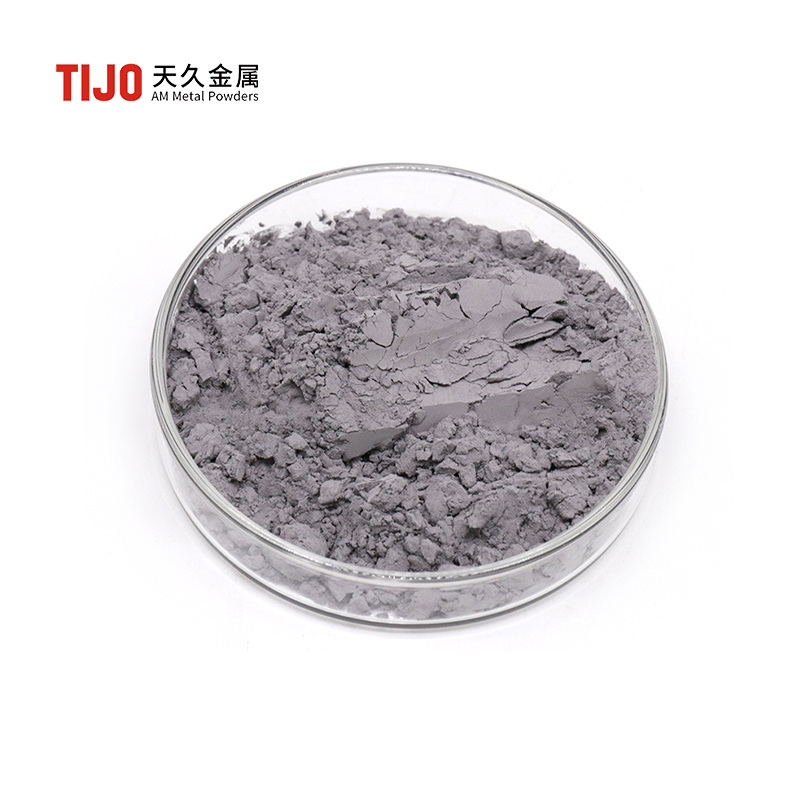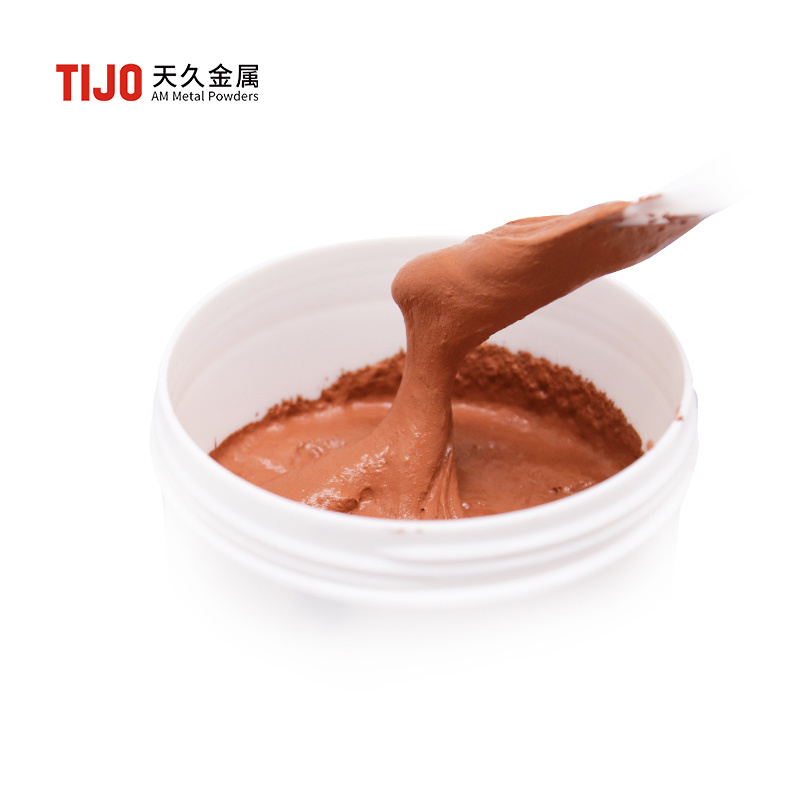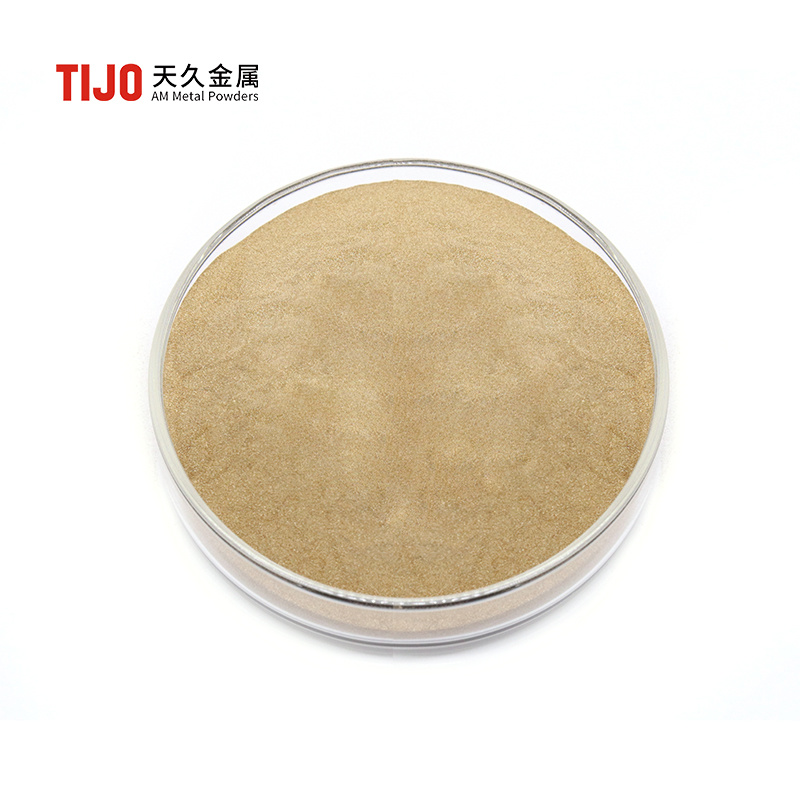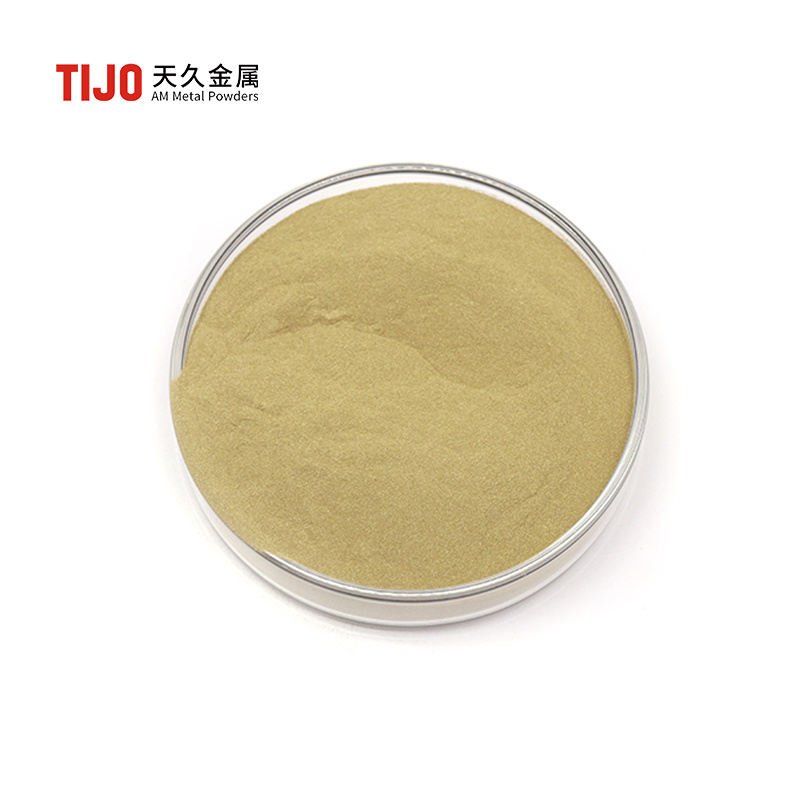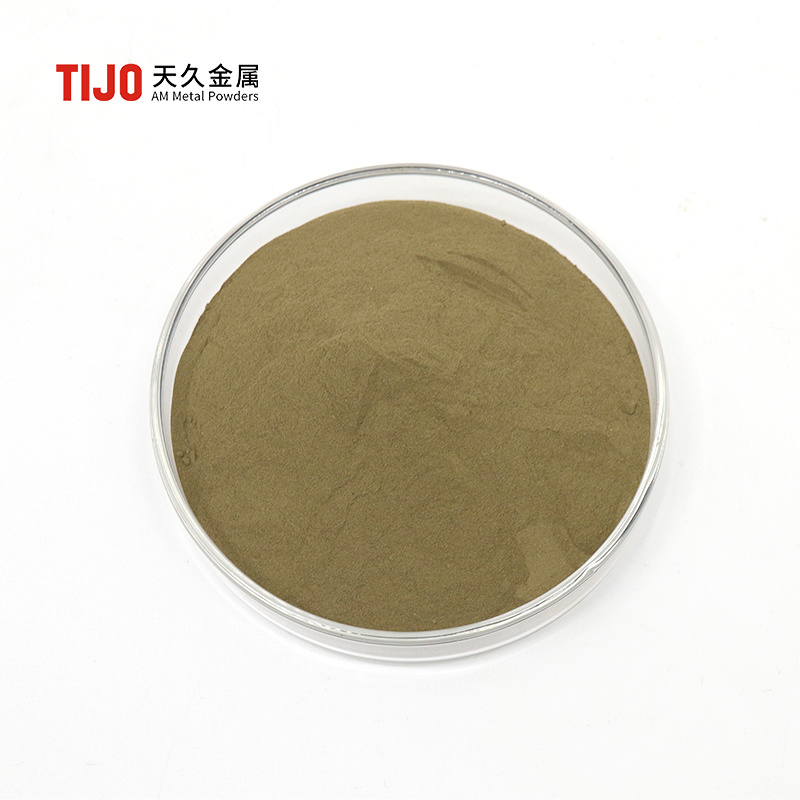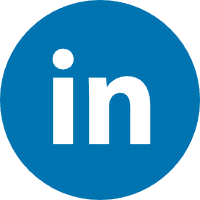Good compatibility, excellent corrosion resistance of brazed joints, aesthetically pleasing process, and capable of achieving connections for complex structural components.
Copper-based brazing alloys refer to a class of brazing filler materials whose primary base element is copper (Cu). Brazing is a joining process in which the filler metal—whose melting point is lower than that of the base materials (the workpieces being joined)—is heated until it melts. The molten filler then wets the base materials, fills the gaps at the joint, and, through mutual dissolution and diffusion with the base materials, forms a strong bond between the workpieces.
Silver-based brazing filler metal is a brazing material whose primary component is silver (Ag). It is typically available in the form of wires, sheets, strips, or powders.
1. Excellent ductility in the annealed state 2. Excellent weldability 3. High fatigue strength 4. Good corrosion resistance 5. Excellent printability and surface finish 6. Good thermal and electrical conductivity, non-magnetic, low-temperature resistant 7. Non-magnetic
1. Excellent fluidity and processability in additive manufacturing systems 2. High strength-to-weight ratio, suitable for lightweight component production 3. Good thermal conductivity, low coefficient of thermal expansion 3. Good mechanical properties, including high stiffness and wear resistance 4. Cost-effective production due to reduced material waste and shorter lead times 5. Flexible creation of complex geometries and internal structures
1. Excellent weldability and castability 2. Good wear resistance 3. High corrosion resistance 4. High specific strength 5. Low coefficient of thermal expansion
1. Excellent formability: High sphericity (sphericity ≥90%), good flowability, suitable for additive manufacturing processes such as SLM (Selective Laser Melting) 2. Balanced comprehensive performance: Moderate strength (tensile strength ≥290 MPa), combined with corrosion resistance and machinability, can be heat-treated for strengthening (T6 state) 3. High purity and low oxygen content: Oxygen content ≤0.15%, pure powder, reducing printing defects and improving the density of finished products 4. Wide application adaptability: Supports multiple post-processing processes (such as anodizing, welding), and is adaptable to automobiles, aerospace, industrial molds, and other scenarios
1. Physical Properties: White or pale yellow powder, density ~4.6 g/cm³, melting point approximately 1485°C, insoluble in water. 2. Chemical Stability: Acid-resistant, high-temperature oxidation-resistant, slowly dissolves in strong alkalis. 3. Functional Characteristics: High dielectric constant (ε≈40), suitable for electronic ceramics. Excellent photocatalytic activity, can be used to degrade pollutants. Semiconductor properties (band gap ~3.4 eV), suitable for optoelectronic materials. 4. Controllable Morphology: Micrometer to nanometer powders are available, supporting customized morphologies such as spherical and flake-like shapes.
1. High strength and toughness: The weld is dense, with high tensile strength and impact resistance. 2. Corrosion resistance: It has good resistance to acids, alkalis, and high-temperature oxidation environments. 3. Low melting point: Brazing temperature range 780~850℃ (adjustable), suitable for a variety of substrates. 4. Good fluidity: Strong wettability, uniform weld filling, and low porosity.
1. Low melting point: brazing temperature range 620~750℃, energy-efficient and highly effective. 2. Strong wettability: good fluidity, can fill complex welds, and ensure firm bonding. 3. Corrosion resistance: resistant to water vapor and weak acid-base environments, extending the service life of workpieces. 4. Economic efficiency: moderate silver content, high cost performance, suitable for mass production.
Adding elements such as manganese, nickel, and cobalt to copper-zinc brazing filler metal can improve wettability and significantly increase the strength of the brazed joint. When Mn is added, the tensile strength of joints brazed with YG8, YT5, YT15, and other cemented carbides can reach 300-320 MPa at room temperature. At 320°C, it still maintains 220-240 MPa. The addition of nickel can further enhance the wettability of the filler metal to cemented carbides, resulting in better brazing microstructure and performance, and improving the impact toughness and fatigue impact strength of cemented carbide tools.



